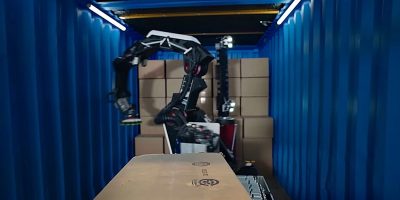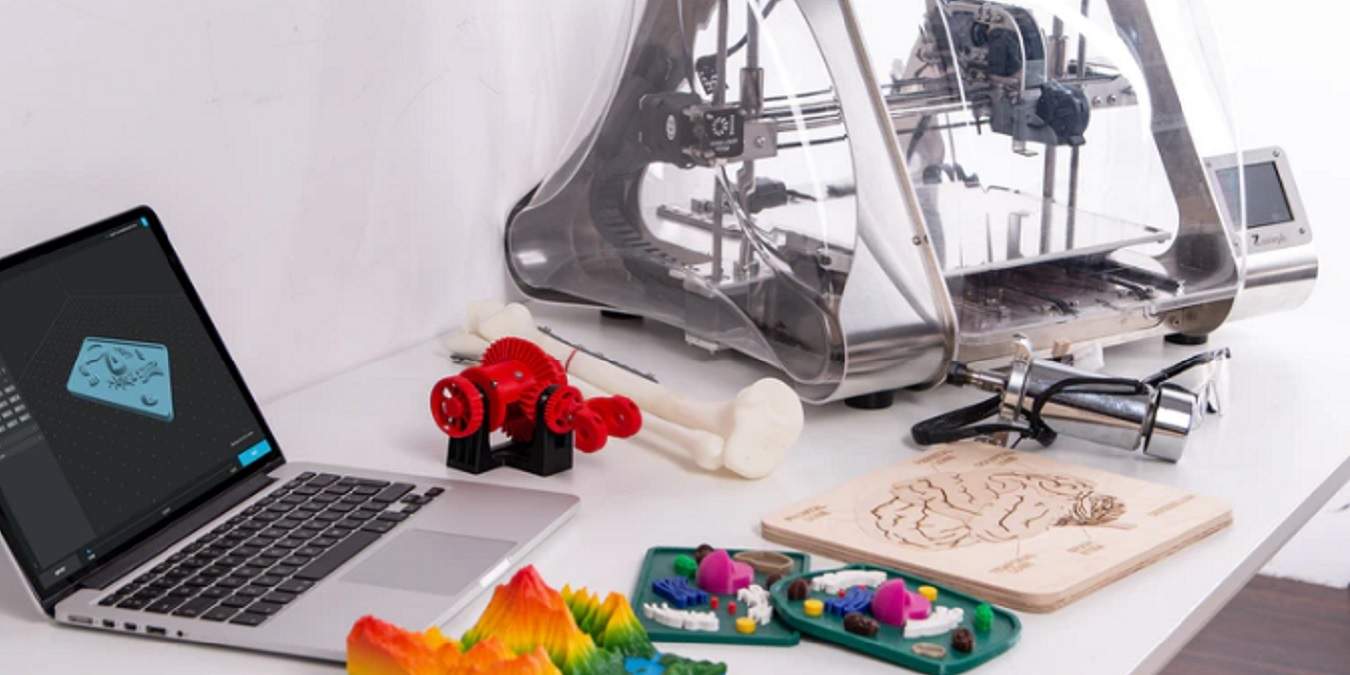
Despite the role of 3D printing in IoT, many people don’t usually associate the two. However, 3D printing is helping fuel IoT’s growth in many ways. This printing technology is set to affect nearly all aspects of IoT, from prototyping to reducing the cost of components for more affordable devices for businesses and individuals.
Prototyping New IoT Devices
One of the most obvious roles of 3D printing in IoT is prototyping. This isn’t really something new, but it’s a growing trend. Barebones devices with just circuits and wires aren’t that appealing to investors or public backers, such as those on Kickstarter.
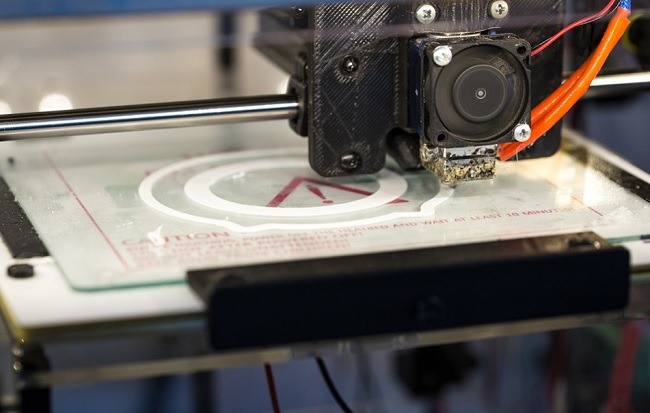
However, for a few hundred dollars, you can buy a 3D printer and print a plastic mold to make your prototype far more attractive. This helps lead to a wider variety of IoT devices and faster overall development.
Developers can also send their designs to companies and have them ready within a day or two, such as Protolabs. Fictiv actually offers suggestions for improving designs, along with providing one-off 3D printing services and smaller and larger production runs. This makes going from prototype to production a simple transition without needing manufacturing space.
Reducing IoT Costs
Perhaps the most noticeable trend with 3D printing in IoT is reduced costs. This is most apparent when it comes to replacing traditional silicon circuits with 3D-printed plastic circuits. Dr. Janusz Bryzek, founder of Trillion, believes the cost can be reduced to as much as 1/1000th the current cost per area.
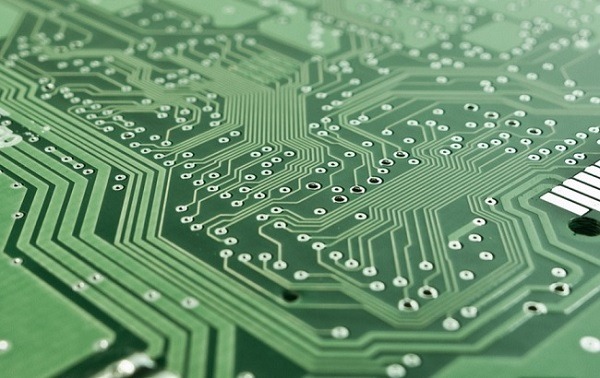
Naturally, this reduced cost could be passed on to you. This makes IoT more accessible and affordable. It also makes IoT devices for businesses more affordable as well, helping increase the trend toward AI-enabled manufacturing, which could also increase quality and variety of products.
Another great example is Cisco Consumer Business Group, which saw prototype production costs decreased by 30 times what they were. This helps encourage more startups to pursue new IoT technologies.
Of course, costs also decrease on large-scale projects. For instance, entire homes, including smart homes, can actually be fabricated using 3D printing.
Improving Quality of Smaller IoT Devices
You probably don’t think much about the size of IoT devices. However, most of these devices include incredibly tiny and delicate parts that are difficult to manufacture using traditional methods. For example, think about how tiny the sensors are in your smartwatch and other wearables that measure your heartrate.

And that’s how 3D printing in IoT is changing the game. The growing need for sensors and other components means an increasing variety of sizes and shapes to best fit IoT devices.
It’s not the same as it would be with laptop components, for instance. After all, most laptops are around the same size, making it simple to mass manufacture components. With IoT devices, the size and shape of a sensor could vary greatly from one manufacturer to another and even one model of a device to another.
3D printing allows developers to craft a sensor to the exact shape and size needed. Plus, they can order smaller batches, decreasing the cost for the consumer. With traditional manufacturing, smaller batches often cost more, as it’s difficult to switch machines back and forth so often.
Creating IoT Devices Made Easy
The biggest role of 3D printing in IoT is it’s accessible to anyone who wants to do it. Want to keep track of how much water you’re drinking? Print sensor components and program them to stick to your favorite bottle to track your daily ounces. Need a device that’s not readily available yet? Print what you need at home and make it yourself.
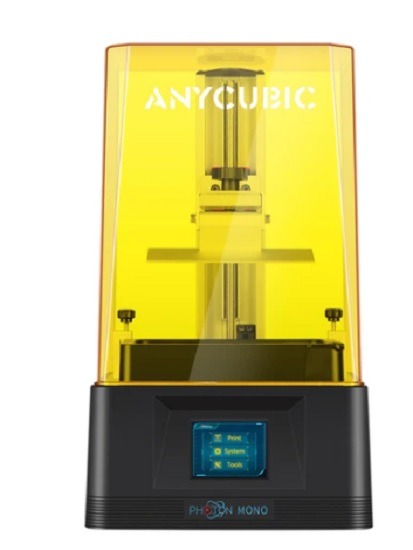
For entrepreneurs, startups, and even hobbyists, 3D printing is opening up a brand new world. IoT isn’t limited to companies backed by groups of investors. It’s open to everyone. Companies like ANYCUBIC make 3D printing affordable with some models starting around $200. Plus, you can get the materials you need.
For beginners and hobbyists, Elegoo offers excellent 3D printers with consistent quality starting under $200. Or, if you need something for a bigger project that’s more on scale with ANYCUBIC’s offerings, Peopoly’s printers are designed to handle larger pieces, ideal for large-scale IoT projects.



